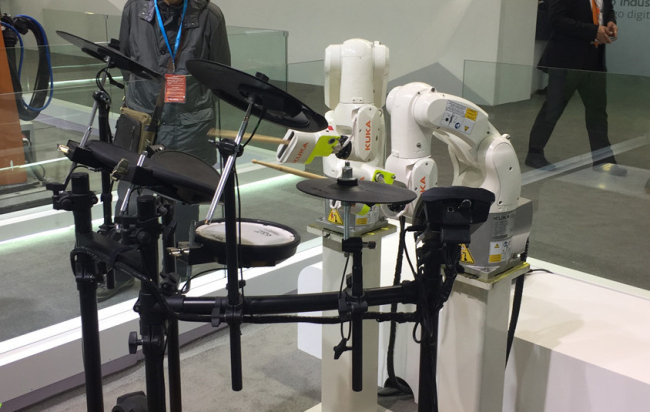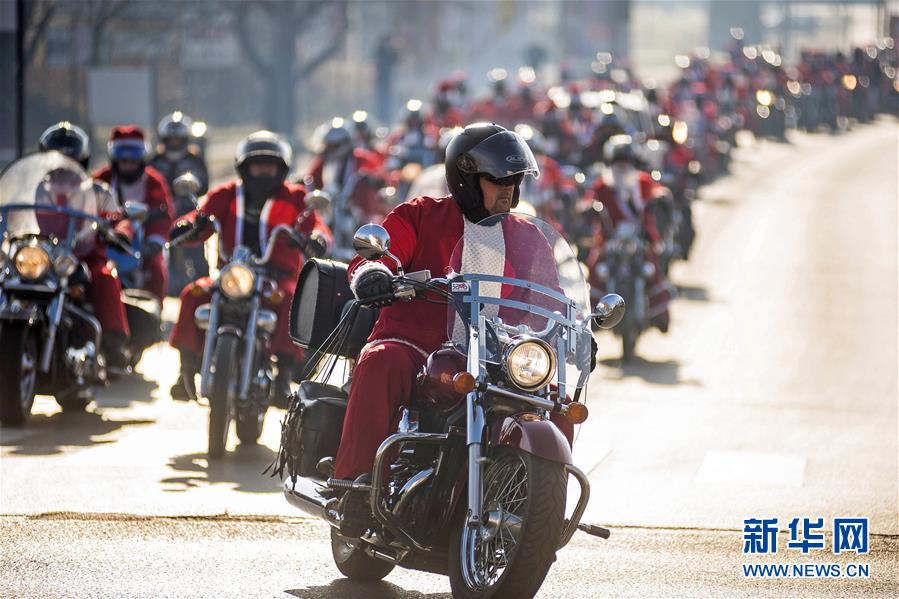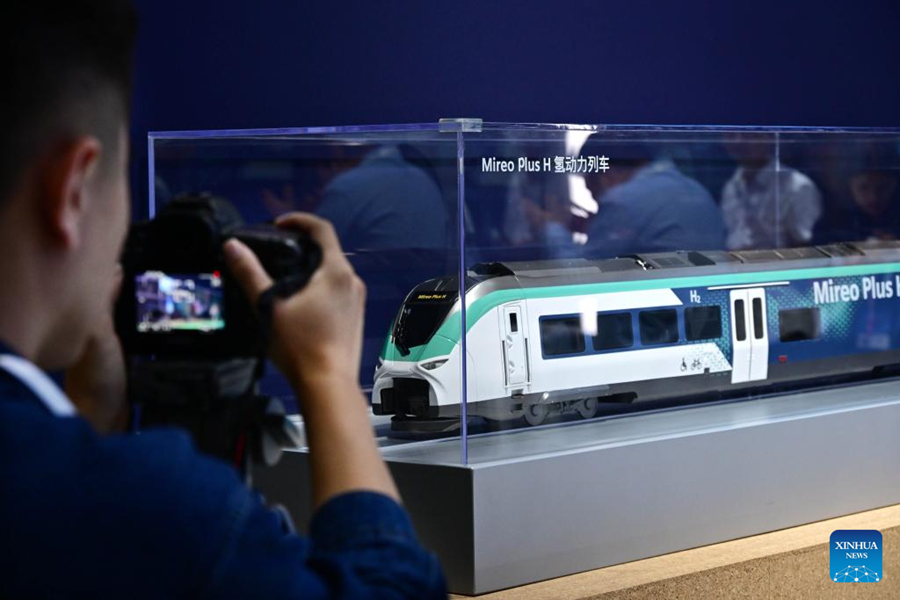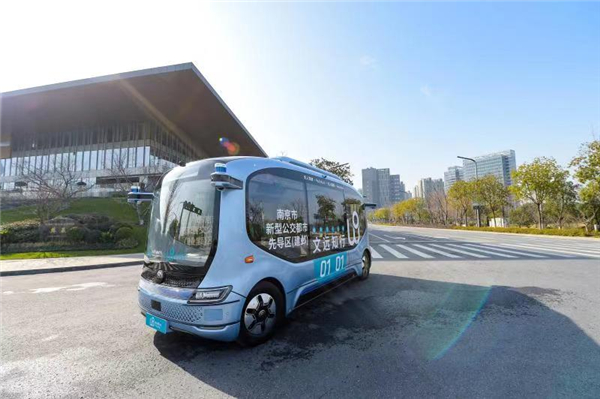
From Jiangsu’s first driverless subway line under test in Suzhou to the trial operation of an autonomous taxi fleet, the smooth construction of driverless Nanjing Metro Line 7, and service of a driverless shuttle bus on Jiangxinzhou island. Progress like this shows the coastal province is taking giant strides towards the era of autonomous transport.
Jiangxinzhou, home to Nanjing Eco Hi-tech Island, aims to become a pilot zone for smart urban transport system, which will include 10 minibuses by the end of the year to provide convenient and safe travelling service.
The grey-blue minibus, about 5 meters long and 2 meters wide, is able to seat up to eight passengers. Without steering wheel or driver's seat, the vehicle is equipped with different types of sensors to understand and respond to the surrounding environment in a range of up to 250 meters. It has a strong performance in recognizing the traffic lights, movements of pedestrians and obstacles. But to ensure safety, a guardian works on the bus mainly to use the emergency brake when needed.
On roads designated for testing intelligent connected vehicle near Suzhou North Station, people can easily book an autonomous taxi, which appears similar to an ordinary cab except the devices on the top, its “brain” system made of sensors and cameras.
Cao Xudong, CEO of Momenta Suzhou Technology, said the 5G mobile network has enabled the taxi to interact in real time with devices on the road at high precision of millimeters. 5G makes it possible to realize advanced vehicle-road coordination based on the effective cloud computing of enormous traffic information.
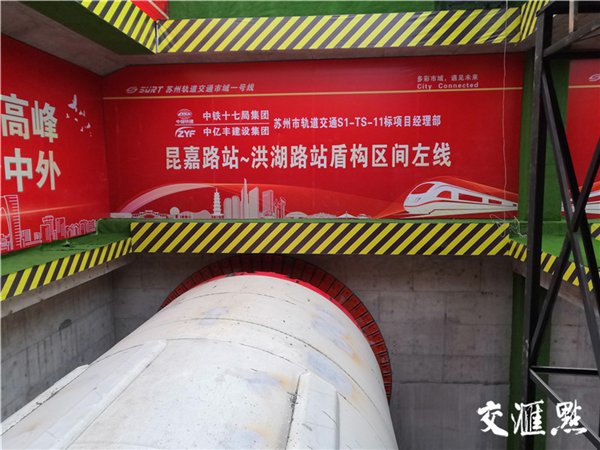
Contact us at english@jschina.com.cn

